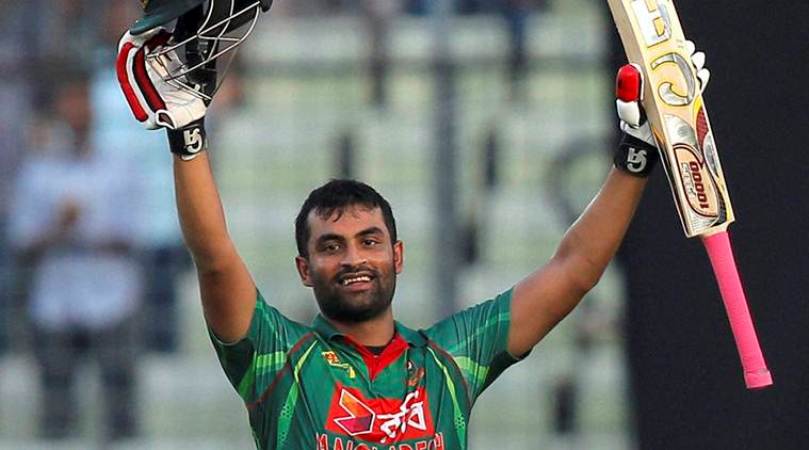Women’s Sports Association under scanner

A masked woman walks past the Bangladesh Women Sports Federation in Dhanmondi on Saturday. — Abdullah Apu
Though Bangladesh got many successes at international level through female athletes of different disciplines, Bangladesh Women’s Sports Association failed to a significant role in their development, former players and organisers said on Saturday ahead of International Women’s Day.
Unlike many other sports bodies, the association, which was established in 1972, got a steady source of income through Sultana Kamal Women’s Sports Complex, set up on 2.57 acre land in upscale Dhanmondi area of the capital.
It earns monthly around Tk 5 lakh in nine months of the year by renting out swimming pool at the complex and also gets a significant extra amount through a commercial training programme of aerobic sports.
In addition to that, the country’s sports regulatory body National Sports Council also allots a significant amount for the association annually, but the money is being wasted for trivial training programmes, said the former athletes.
Female sports icons like Zobera Rahman Linu, Mahfuza Khatun Shila could not remember the name of any athlete who got training from this institution and later contributed at the national and international level.
‘I don’t actually know if anyone was really benefitted. Maybe the organisers, who were more involved with it, could tell better. But frankly speaking, I think it should have done better,’ said Linu, a 16-time national table tennis champion.
Association secretary Feroza Karim Nelly claimed that cricketer Salma Khatun, Ayasha Akter and Jahanara Alam were spotted first in a women’s association programme and were groomed here at the early stage of their career.
Quamrun Nahar Dana, a former general secretary of the association, also recalled the name of athletes Chameli and Feroza, badminton player Juthi and Rokeya and volleyball player Shirin, who took training at the association and played at national level later.
The little or no success raised the question about the necessity of a separate sports body for women, especially in an era when most of the major sports federation have a separate wing for female athletes.
President of the association Mahabub Ara Gini, a former athlete and also the Member of Parliament, however, does not see any problem in keeping the association functioning.
‘Yes, federations have women’s wings. But women’s are still lagging behind in society. So if there an extra effort remains, what is the loss?’ said Gini, who heads a 31-member ad hoc committee.
‘I was given the responsibility to do something better here and anyhow I have to move it forward,’ she said.
Association secretary Nelly said constitutionally it has no option to send athletes at the national level and the main duty of the organisation is to encourage female section of the society to sports.
‘Constitutionally we don’t have an option to send players to national level. But after each training programme, we forward names of the top-listed players to the relevant federation. If the federations feel the need anyone, they can call. We provide training for under-15 girls. We only can provide training, cannot nurture players,’ Nelly said.
Nelly informed that they organised as many as 13 programmes in 2019 and claimed two swimmers, judo and a badminton player were later picked by their respective federations for better training.
Former badminton star Dana argued that the association is still relevant but suggested it organise more tournaments than a training programme to play an effective role in developing women’s sports
‘As far as I know, there is no country in the world, which has a separate sports association for women’s. It was founded in our social context and I believe still it has a role to play,’ she said.
‘I don’t see any problem of having an extra wing to work for female athletes. It is not producing as much as players as it should have produced. I think we should focus more on it.
‘The ratio between the training programme and tournament numbers should be nearer. Leaving them after giving the training is not a wise thing. They have to be given an adequate number of tournaments,’ said Dana.









